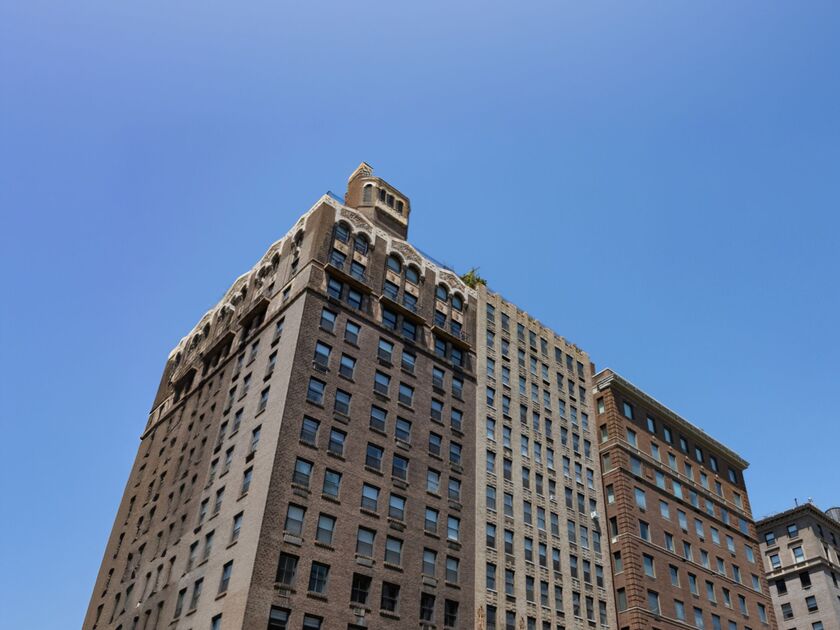Commercial building space in the U.S. isn't getting any younger. Of the more than 5.9 million commercial buildings in the United States, about 33% are 50 years old or older, according to the U.S. Department of Energy. Also, nearly 330,000 of these buildings were constructed before 1920!
Older buildings are typically less comfortable and energy efficient than newer constructions, but they often have a historic charm that sets them apart and can add value. There are a number of ways to add some touches of modern efficiency and comfort to older buildings while preserving their historic look and feel.
Old-school conservation
Before making any updates to your building, try some old-fashioned energy conservation:
- Turn off lights and equipment when you're done using them.
- Adjust building temperatures after hours to reduce HVAC energy use.
- Enable power management settings on all computers and office equipment.
- Consolidate printers and copiers to save energy and paper.
- Plug electronics into advanced power strips that automatically turn off power to unused devices.
Perform preventive maintenance on all energy-using equipment to ensure peak performance and spot any signs of trouble before they become costly repair or replacement issues.
Weatherizing doors and windows
Gaps in windows and exterior doors can let a lot of conditioned air and comfort escape. Inspect all your windows and doors, and seal any gaps you find with caulk or weatherstripping.
If your building is full of older, single-pane windows, they can be a major source of energy loss. Carefully replacing them with new, high-performance windows is one major upgrade you can make while preserving your building's overall look and feel. The National Fenestration Rating Council (NFRC) certifies windows based on a series of performance ratings. Search its certified products directory for window products meeting the criteria.
In certain cases, it may be possible to install revolving doors or a vestibule at building entrances to cut down on heat loss.
Energy-efficient lighting
If you are still using older technologies, such as fluorescent tube lamps, upgrading to high-performance LEDs can really make a difference. LED replacement tubes can fit right into existing fixtures, providing immediate energy savings and improved light quality.
LED fixtures with built-in controls are another option. Integrated sensors turn lights on and off based on occupancy or dim lights in response to the availability of natural daylight. This feature helps add energy-saving controls without the need for extensive new wiring. You can also replace existing light switches with occupancy or vacancy sensors that automatically switch lights on and off in individual rooms.
Optimizing space heating
To save energy and make your building more comfortable during cold weather, start with the essentials. Have your system cleaned and inspected by a qualified professional to ensure that it's operating efficiently. Seal and insulate all accessible ductwork. Aerosol spray technology can be used to seal your entire duct system.
Variable refrigerant flow (VRF) heat pump systems present a potential upgrade opportunity. VRF heat pumps provide both heating and cooling. VRF technology is highly efficient and provides precise temperature control in multiple zones. Because refrigerant lines take up less space than air ducts, installation is easier in older buildings with no central air or where space is limited. Keep in mind that VRF does not provide ventilation, so that must be accounted for separately.
With these measures, you can bring some 21st-century comfort and efficiency to your building while keeping its historic charm.

